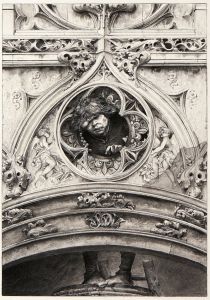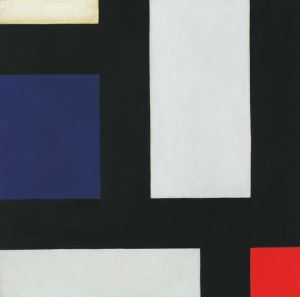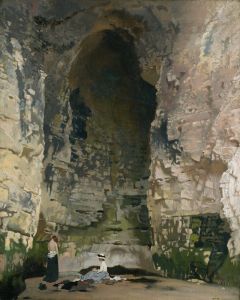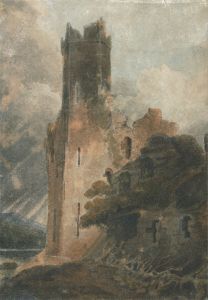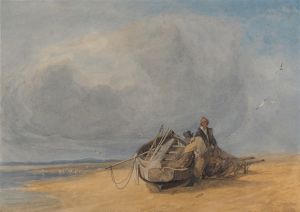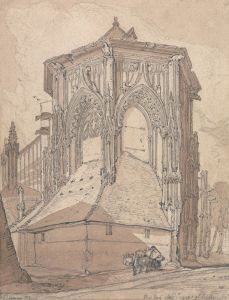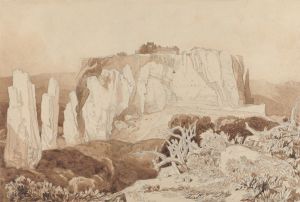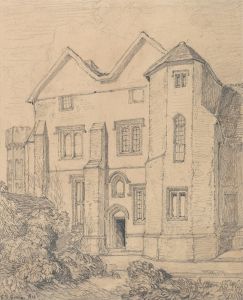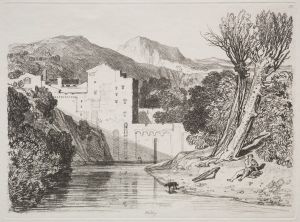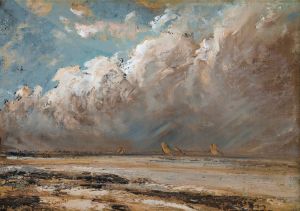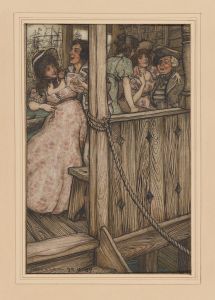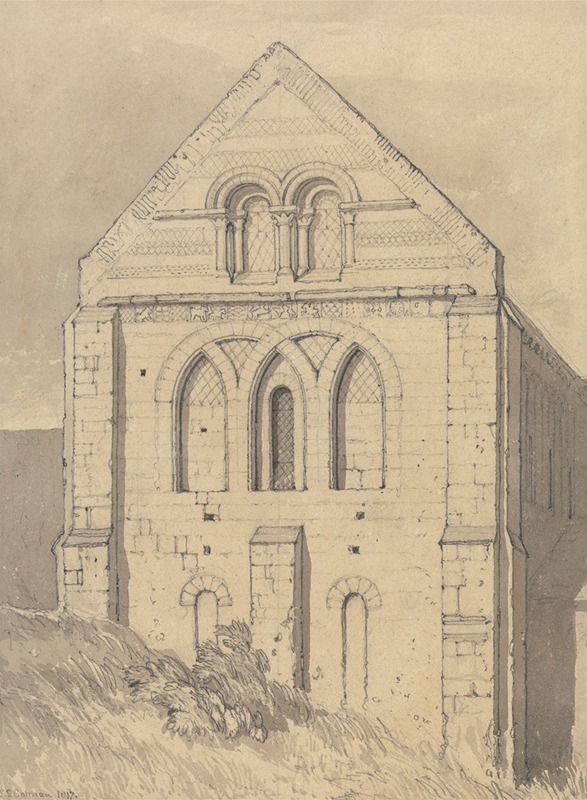
Church of Graville near Havre de Grace, Normandy; End of the North Transept
A hand-painted replica of John Sell Cotman’s masterpiece Church of Graville near Havre de Grace, Normandy; End of the North Transept, meticulously crafted by professional artists to capture the true essence of the original. Each piece is created with museum-quality canvas and rare mineral pigments, carefully painted by experienced artists with delicate brushstrokes and rich, layered colors to perfectly recreate the texture of the original artwork. Unlike machine-printed reproductions, this hand-painted version brings the painting to life, infused with the artist’s emotions and skill in every stroke. Whether for personal collection or home decoration, it instantly elevates the artistic atmosphere of any space.
John Sell Cotman, an influential figure in the British art scene, is renowned for his contributions to the Romantic movement, particularly through his watercolors and etchings. One of his notable works, "Church of Graville near Havre de Grace, Normandy; End of the North Transept," exemplifies his skill in capturing architectural details and the atmospheric qualities of historical sites.
Cotman was born in 1782 in Norwich, England, and became a prominent member of the Norwich School of painters, a group known for their landscape paintings. His artistic journey led him to explore various regions, including Normandy, France, where he found inspiration in the medieval architecture and picturesque landscapes. The Church of Graville, located near Le Havre in Normandy, became one of his subjects during his travels.
The Church of Graville, formally known as the Abbaye de Graville, is a historical monument with origins dating back to the 11th century. It is an excellent example of Romanesque architecture, characterized by its robust structure and intricate stonework. Cotman's depiction of the church focuses on the north transept, a part of the building that extends perpendicular to the main body of the church, forming a cross-like shape typical of many medieval church designs.
In "Church of Graville near Havre de Grace, Normandy; End of the North Transept," Cotman employs his mastery of watercolor to render the architectural details with precision and sensitivity. His use of light and shadow highlights the textures of the stone, conveying a sense of the building's age and the craftsmanship involved in its construction. The composition reflects Cotman's interest in the interplay between natural and built environments, as he often included elements of the surrounding landscape to provide context and enhance the sense of place.
Cotman's work is noted for its clarity and restraint, avoiding the dramatic flair seen in some of his contemporaries' Romantic works. Instead, he focused on the serene and contemplative aspects of his subjects, inviting viewers to appreciate the inherent beauty and history of the sites he depicted. This approach is evident in his portrayal of the Church of Graville, where the tranquility of the scene is emphasized through his careful attention to detail and subtle color palette.
Throughout his career, Cotman produced numerous works that documented his travels and observations, contributing significantly to the appreciation of architectural heritage in art. His Normandy series, in particular, played a crucial role in introducing British audiences to the rich history and architectural diversity of the region. Cotman's legacy as an artist is marked by his ability to capture the essence of his subjects with both technical skill and emotional depth.
"Church of Graville near Havre de Grace, Normandy; End of the North Transept" remains a testament to Cotman's dedication to his craft and his passion for exploring the intersections of history, architecture, and art. His work continues to be studied and admired for its contribution to the Romantic movement and its enduring influence on landscape and architectural painting.





